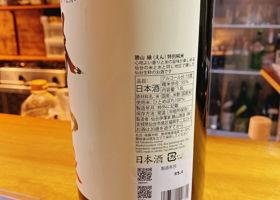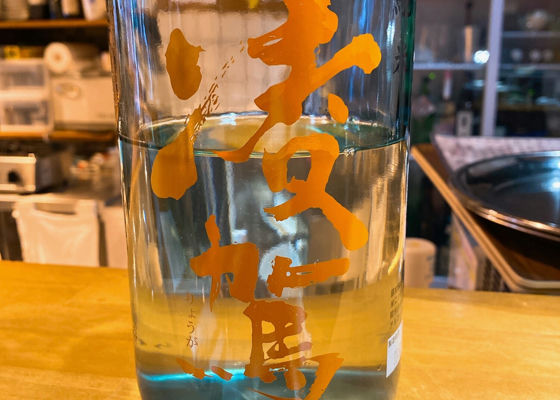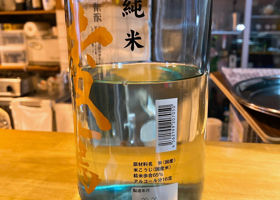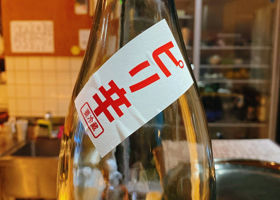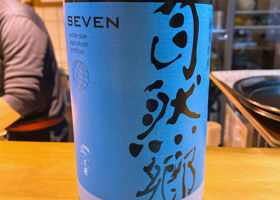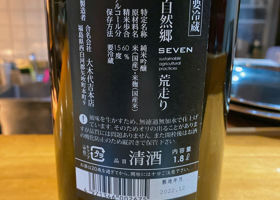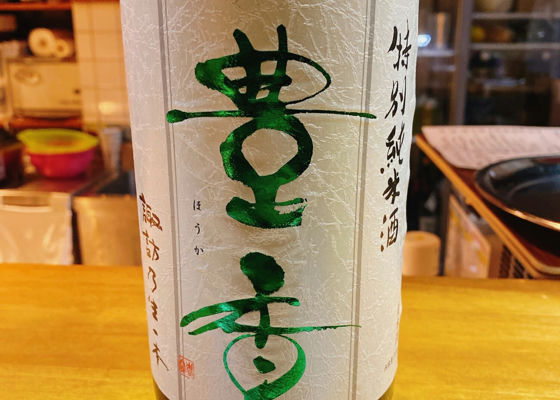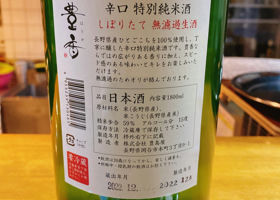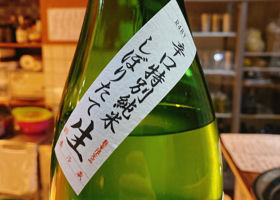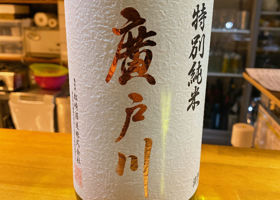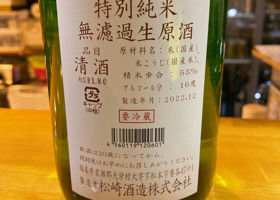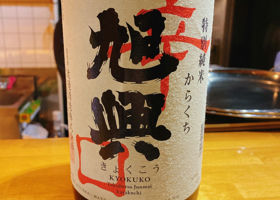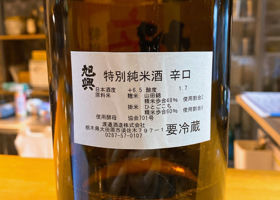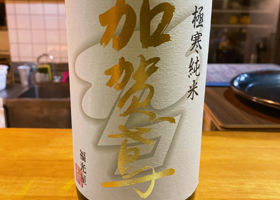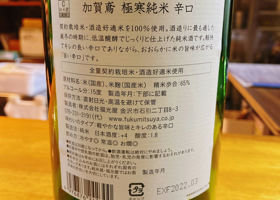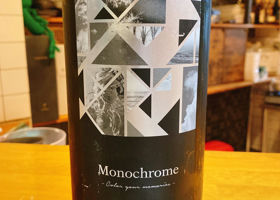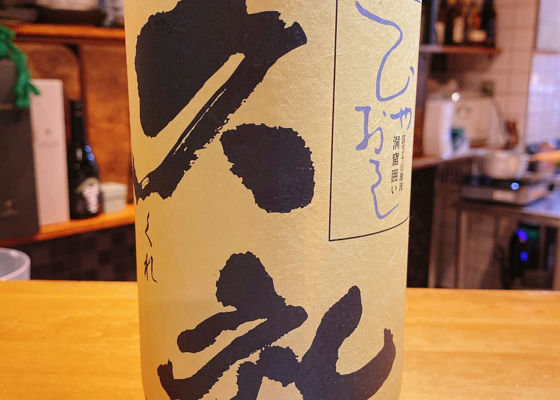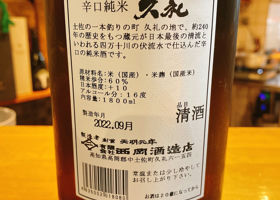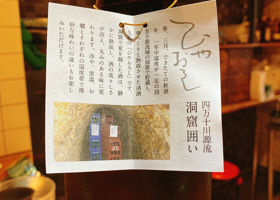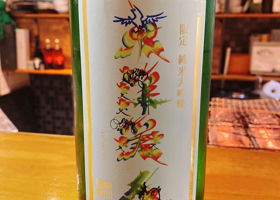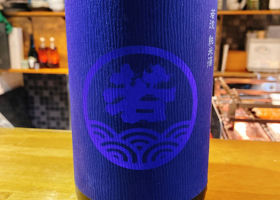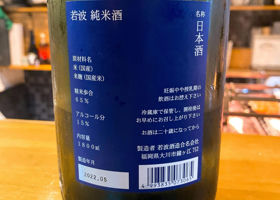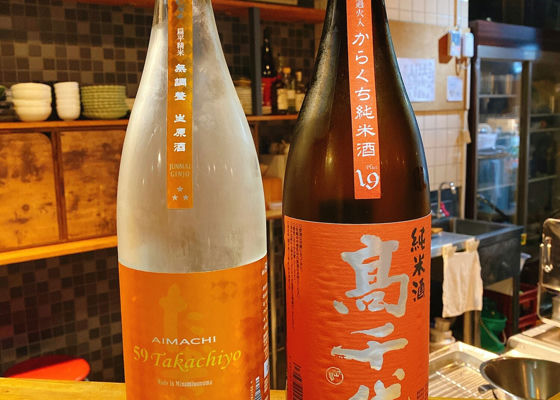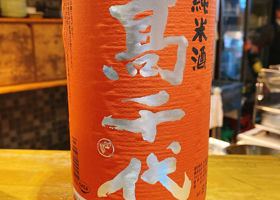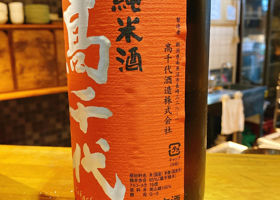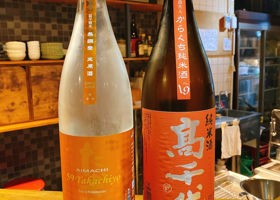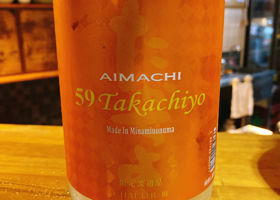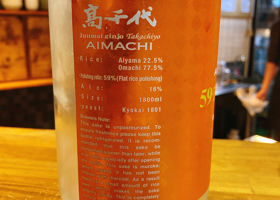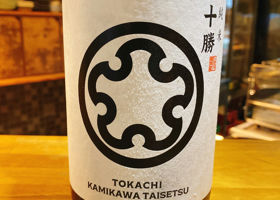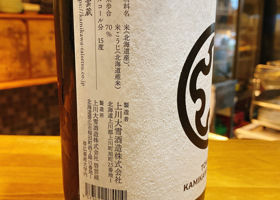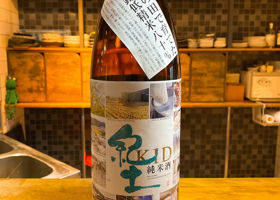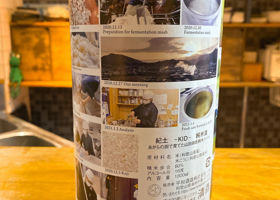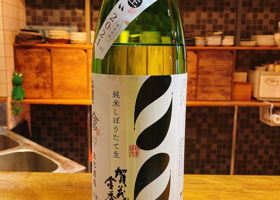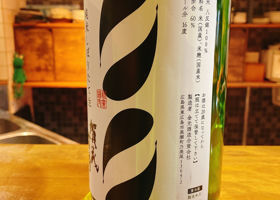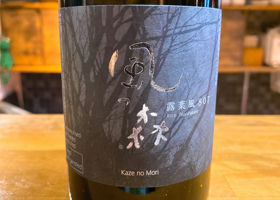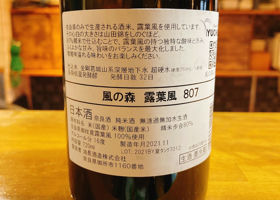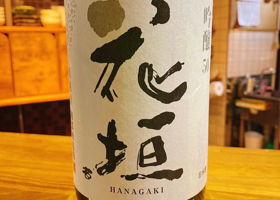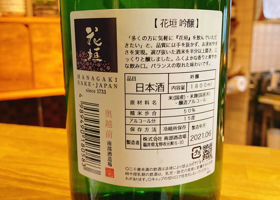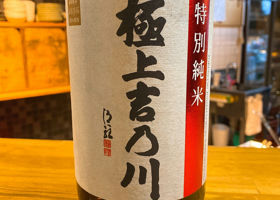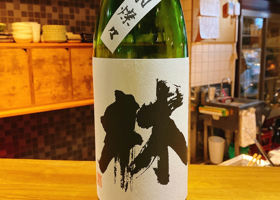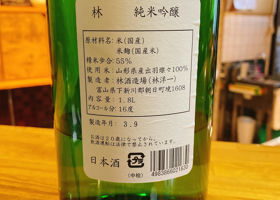Timeline
やす☆Katsuyama, which I wanted to try.
It has a clear and refreshing taste. It has a subtle umami flavor and is not too sharp. It seems to be best at room temperature.
I had imagined it to be gorgeous, but it was more like a classic. やす☆It's been a long time since I've had a Ryoukai. This is the first Junmai since the last time it was alsobeared.
It has a clean and crisp taste with a good sharpness. As the name suggests, it is a dry sake. やす☆Clear and moderately tasty. It also has a juicy feeling reminiscent of the Masamune instrument. There is also a juiciness reminiscent of instrumental Masamune. There are no outstanding characteristics, but it does not seem to interfere with meals. やす☆I have a mouthful. The picture shows a little, but there is more water than usual.
It is fresh, crisp, and clean. As the name suggests, it is dry, but perhaps because of the orikomi, it is not sharp and crisp, but has a soft and clear umami flavor. やす☆The first impression is fresh and juicy as the bottle was opened the day before. The juicy feeling is reminiscent of tasyu (rice wine). It has a moderate umami flavor and finishes with a hint of acidity.
The image is more modern than hi-ire, and the impression is quite different. If you want to drink it on its own, I would recommend the Nama Sake, and if you want to drink it during a meal, I would recommend the Hi-ire Sake. やす☆It is refreshingly umami and dry when chilled. It is similar to Kagatobi, which we drank just before, but this one is easier to drink without any peculiarities. I prefer it when the temperature is higher. やす☆The first Kagatobi.
Aroma: Semedai type. It has a firm umami flavor with a touch of astringency, but it is crisp and clean. As the temperature rises, the astringency subsides and it becomes easier to drink. It is also good when heated. やす☆It has a soft, slightly mellow, pineapple-juice-like sweetness and juiciness.
The rice is different from last year, but the impression of sweetness is still strong. やす☆When cold, it has an impressive sense of clarity and crispness that is typical of Kurei. As the temperature rises, the mild flavor increases and the hiyaoroshi character comes out. Good as a food sake. やす☆The soft peach juice-like sweetness is the usual oriental beauty. Anyway, the sweetness leaves a lasting impression. やす☆The clear, crisp taste is well complemented by the umami of the rice. やす☆Takachiyo comparison. It has a firm umami taste and is completely different from 59Takachiyo. When heated, the umami opens up and it has a nice sharpness to it. やす☆Takachiyo drinking comparison. Sweet and tasty with a fresh taste. The fruity taste like white peaches stands out. やす☆A refreshing mouthfeel. The full flavor of rice expands and is crisp and clean. The overall impression is of a light, refreshing, and well put-together food sake. やす☆Tasted again at Yoneya on 8/19. Strong acidity and good sharpness even when heated. Personally, I don't think it is a sake to be drunk warmed. やす☆Re-drank at Ante 12/3. Impression unchanged. やす☆It has a complex flavor that is typical of an 80% polish, but it also has acidity and is crisp and clean. やす☆It is fresh on the palate and snappy with crisp acidity. It is generally refreshing. やす☆Perhaps it has been too long since the bottle was opened, but there is almost no freshness. It has the juiciness typical of Kaze no Mori and the weighty flavor typical of an 80% polish. やす☆Tasted again at Boncla on 3/19. Gassy and fresh on the palate. The sweetness is subdued, and the deep, juicy, glossy flavor is 80% polished. やす☆It is refreshing and has a sweet flavor. The impression is that there is not so much alcoholic beverage in a good sense. やす☆It has a clean taste, but with an alcohol feeling. The higher the temperature, the less alcoholic it is and the more delicious it is. やす☆It is refreshing but also has a soft sweetness on the palate when cold. As the temperature rises, the flavor comes out. The sharpness is good all the time. RecommendedContentsSectionView.title

